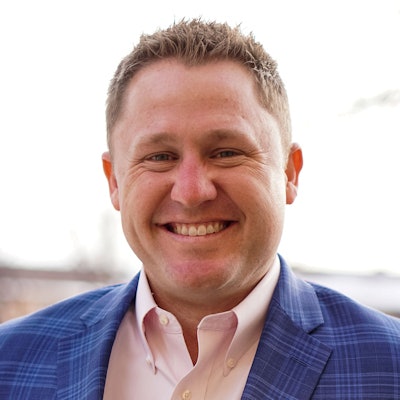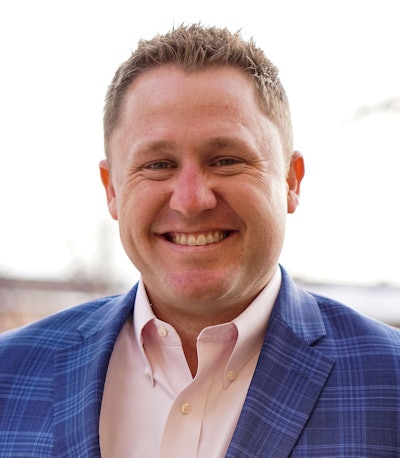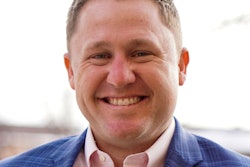
When coaching buyers on what to look for in a dental practice, most of the conversation boils down to three main questions: Does the practice make enough? Are there enough patients? And how can the practice be grown?
1. Cash flow
 Kyle Francis.
Kyle Francis.To put it frankly, a practice is worth what the investment value of the cash flow ends up being. If you want to buy your first practice, the best way to look at the value that a certain practice will provide is by using seller's discretionary earnings (SDE), as it looks for all of the ways that you can garner income from the practice. However, if you are looking for a second practice and beyond, especially if you are not going to be doing all of the production yourself, the best corollary will be EBITDA. This is an accounting acronym that stands for earnings before interest, taxes, depreciation, and amortization. Essentially, it looks at the investment value of the practice after all practice-level expenses have been paid (including a fair doctor's salary).
As an example, if you look at two separate $1M practices, one with SDE of $400K and the other with SDE of $500K, the latter is a much more valuable asset for a dentist to own because he or she will make much more money. These same two practices would have EBITDA of $100K and $200K, respectively. As an investor, the latter is much more attractive as you can garner more cash flow by operating the same sized business, and you can see that difference in value between the two practices would be double in this case.
Many times, we see that practices are valued based on a multiple of their revenue. While this can be valuable, it leaves the two practices above valued the same. Obviously, one should be more valuable than the other, and the way that can be accomplished is to have a multiple based off some sort of profitability metric.
2. Competitive landscape
We also recommend looking at population, demographics, and industry data to make a decision about the kind of practice that you are looking to own and to make sure there is room in that community for your strategy to exist. Not all dental practices are competitors, as there are many styles of dentistry that can work very well side by side in a small area. However, if you are looking to buy or create an implant-centric practice and there are already quite a few in that area with whom you will be competing directly, it could be an uphill battle to keep the practice growing.
This definitely matters when specialists are looking to purchase a practice. We often direct them to consider the competitive landscape first.
3. Opportunity
Finally, making a decision based on the upside that a practice could provide is a valuable tool. As a provider, if you know that you want to take on certain kinds of cases, it can be worthwhile to find a practice that does not currently offer those services, as they can be brought in-house for a nearly instant increase in revenue. This can also be done by insourcing specialists, lowering inflated costs, and even creating a marketing strategy for a practice that has not marketed to its community in years.
My favorite stories are the ones where a new owner takes a practice that was stuck at $700K in revenue for years, turns around just a few protocols, and has the practice producing over $1M per year in short order.
If the analysis is done correctly, then you may be able to make an offer off of what your projected SDE or EBITDA will be. This makes you more competitive from a pricing standpoint and ensures that your investment will be protected from much of the risk and downside that is possible. These three tools should be used together, as it would be a fallacy to decide just based on the profitability of the practice while ignoring the landscape and the opportunity.
When we are coaching buyers, our thought is to narrow down the geography that you would like to live in and start analyzing practices using the above method to make sure that the life choices being made are echoed by the financial and strategic choices that can be shown.
Kyle Francis has worked in the dental and medical field since 2005, consulting for practices, medical device companies, and groups of practitioners. He has used this knowledge to consult with more than 50 startup companies and dental practices, as well as to help build over 100 dental and medical practices across the U.S. He has owned all or part of more than 20 practices and has been an investor in multiple dental service organization (DSO) concepts. Learn more about his company, Professional Transition Strategies.
The comments and observations expressed herein do not necessarily reflect the opinions of DrBicuspid.com, nor should they be construed as an endorsement or admonishment of any particular idea, vendor, or organization.



















